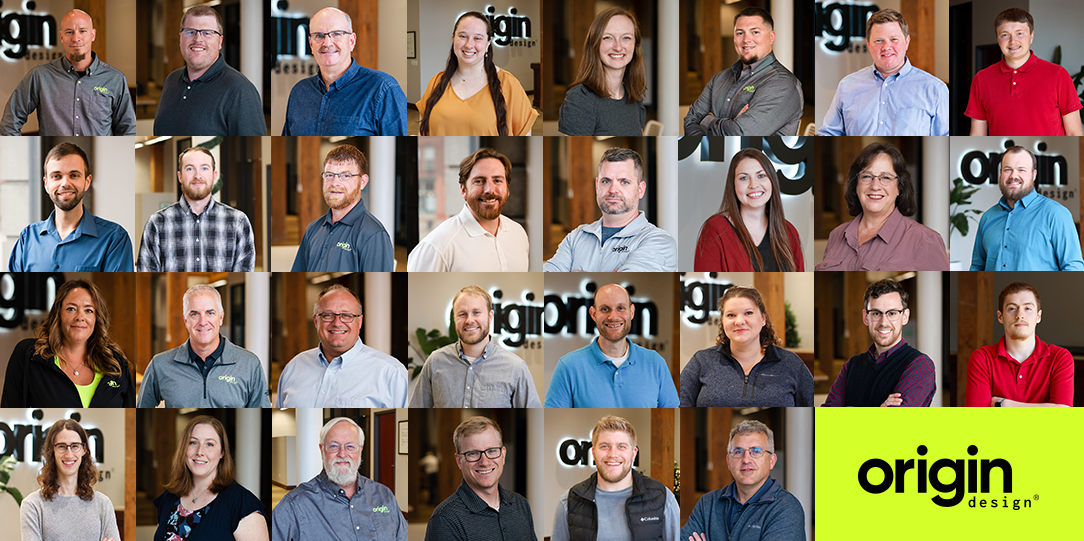Imagine one of your employees hitting a concrete or block building wall with a fork truck. Or worse, they hit a wall, but don’t report it and you notice the damage after the fact.
Being aware of damage to concrete or block building walls is fundamental in keeping you and your employees safe in an industrial setting, such as a warehouse or manufacturing facility.
What to Look For
Damage to concrete or block building walls from fork truck or other vehicular collisions is sometimes not reported when collisions happen—the damage often goes unnoticed or ignored.
Cracks, tilt, base anchorage failure and sliding/joint separation can:
- Reduce the load-carrying capacity of a wall,
- Make the wall susceptible to severe damage from later collisions and high wind events, and/or
- Put a portion of the wall at-risk for collapse.
Even subtle damage can sometimes be structurally significant depending on the reserve load-carrying capacity of the wall. In addition to the weight of the building structure, transient loads such as roof snow, wind and nearby ceiling-supported overhead cranes need to be considered when evaluating a damaged wall. You need to account for the maximum possible combined gravity and lateral loads the wall will need to support during its expected service life.
Wall Protection
The best option to protect your concrete or block building walls from damage is to install a vehicular guardrail along the wall. Wall protection is recommended if the wall is adjacent to frequently used vehicular traffic aisles and maneuvering/pallet lifting areas. Painting the guardrail safety yellow is another preventative option and serves as a visual cue for fork truck and other equipment operators.
This makes them aware of the wall’s presence and helps reduce the frequency of wall collisions.
As a structural engineer, I am able to visually survey concrete or block building walls for damage, conduct a sensitivity analysis to determine if the damage is severe enough to warrant repairs and offer necessary solutions.
















